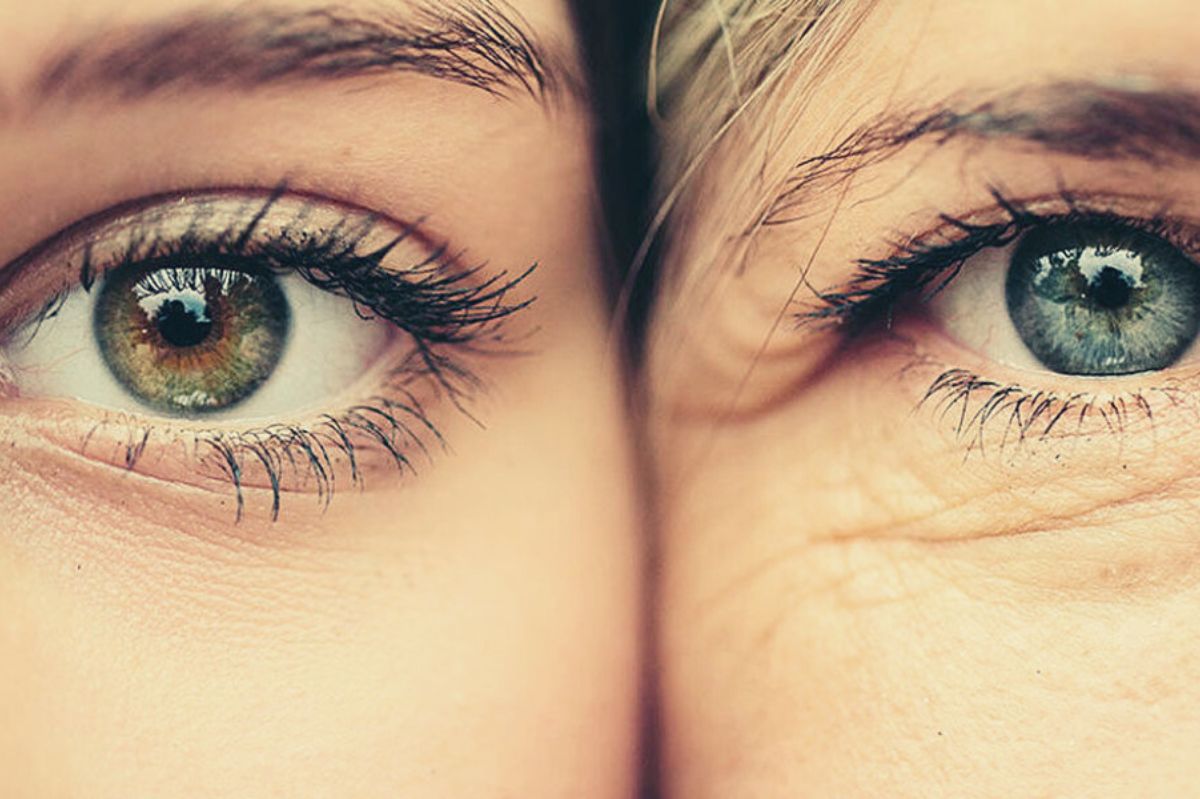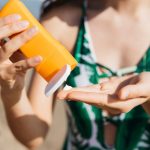Chronoaging And Photoaging: The skin is our business card, the means through which we present ourselves to others; sometimes, we are unjustly judged based on its appearance, and for this reason, we would always like to have it young and fresh, but unfortunately, this is not possible because aging is an irreversible process that involves the whole organism, closely linked to constitutional and environmental phenomena. Let’s see its two components: chronoaging and photoaging.
An important component of skin health is given by hormones that balance biological and physiological processes in all organs and tissues; the action can be rapid (e.g., adrenaline and post-pituitary hormone) or with a latency period of hours or even days.
We can speak of direct action when the hormone directly affects the target organ (e.g., estrogens and androgens on the genital organs) and indirect action when the hormone affects a gland that produces direct-acting hormones (e.g., gonadotropins that stimulate the ovary to produce estrogen). Over life, the individual produces fewer and fewer hormones and poor nutrition, cigarette smoking, polluting gases, nervous diseases, tissue ischemia, a diet based on proteins or too rich in animal fats, intense physical activity, etc. damage hormones and produce free radicals.
Free radicals are waste substances that produce our organism and are found in cells; if they are in minimal quantities, they are not dangerous; on the contrary, they help us to get rid of germs and protect us from bacteria, but if they are in excess they can cause damage because the free radical has only one electron and therefore takes another electron from the molecule with which it comes into contact, the molecule takes it from another molecule and so on triggering a chain mechanism that damages lipids, proteins, carbohydrates, and DNA.
The cell defends itself because it has enzymes and vitamins (ascorbic acid, beta-carotene, etc.). Still, there are cases in which the organism produces too many, and the cell does not have enough defenses. So the organism goes through a degenerative process called “oxidative stress,” which damages mitochondrion, cell membrane, and DNA, favoring the onset of even serious pathologies such as diabetes, Parkinson’s, and Alzheimer’s.
Free radicals fight with antioxidants that restore the chemical balance in free radicals by giving them the electron they need. Vitamin E, C, pro-vitamin A, and iron are antioxidants. Copper, zinc, selenium, magnesium, etc.
Usually, a balanced diet is more than enough to carry out an antioxidative action; experts always recommend taking at least four or five ounces of fresh seasonal fruit and vegetables a day.
Components of aging: chronoaging and photoaging
In skin aging, we distinguish two components: chronoaging (chronological aging) and photoaging (photoinduced aging).
The two processes are independent of each other, but if present, both are the cause of premature aging. Chronoaging is mainly due to the passage of time, but it also depends on genetic factors and hormonal modifications and is, therefore, an individual phenomenon because you can age without having deep wrinkles or, on the contrary, have a marked face despite the young age, it begins later. The age of 25 manifests itself visibly from the age of 40 onwards. Even our skin undergoes profound changes, which affect its aesthetic appearance and its functionality.
At the level of the epidermis, we find:
1) Slowed cellular turn – over, decrease, and thinning of the skin thickness that causes a finer and dull complexion.
- In hyperkeratosis, the horny lamellae tend to cement and form a compact layer.
- Dehydration and, therefore, dry skin due to a decrease in lipids.
- Decrease in melanocytes, therefore skin more prone to pigmentary anomalies.
2) Flattening of the dermo-epidermal junction, which generates skin relaxation.
In the dermis, we find:
- Loss of elasticity by the elastic fibers due to a worsening of the synthesis of collagen, elastin, and glycosaminoglycans.
- Reduction of vascularity, due to a lower intake of nutrients.
- Alteration of microcirculation causes blemishes such as dry skin or couperose.
- Vessel dysfunctions, increased permeability, and capillary fragility.
- Physico-chemical modifications of the fundamental substrate (deep dehydration, wrinkles).
- Reduction of hyaluronic acid and, therefore, less hydration and tissue protection.
In the hypodermis, we find:
- Slowing of cellular metabolic activity, which causes poor cell turnover.
- Reduction of panniculus adipose thickness, which causes emptying and deformation of the adipocyte network.
3) Alteration of the fundamental substance that determines a lower skin elasticity.
- In the mammary gland, we find atrophy.
- In the sweat and sebaceous glands, we find hyposecretion of sebum and sweat
- In the hair, we find hair loss, hair and its whitening, appearance of unwanted hair.
- In the nails of the hands, we find less shine and fragility.
- In the toenails, we find thickening and the formation of streaks due to an alteration of the keratin.
In summary, the main signs of skin senescence are: dry, cracked, dehydrated skin, loss of tone and elasticity, sagging, folds, wrinkles, stretch marks, Venus rings in the neck, pigmentation anomalies, vascular dysfunctions, telangiectasias, couperose, etc.
The second type of aging is instead induced by environmental factors, among which the so-called photoaging or photoaging plays a more important role: a chronic insult caused by prolonged exposure to sunlight, which produces premature aging. Among the other environmental factors responsible for skin aging, there are different types of pollutants and harmful and irritating substances, such as cigarette smoke.
All these factors induce the formation of free radicals and the reduction of enzymes that have antioxidant properties, with the consequent thickening and loss of elasticity of the skin.
In general, photoaging, or photoaging, causes accelerated aging, which, compared to chronological aging, is expressed with more marked skin manifestations in some aspects, such as skin hyperpigmentation which initially shows itself through the formation of freckles. Still, then it evolves into real age spots. More serious are the possible dilations of the capillaries following prolonged exposure to the sun and the formation of skin tumors.
To slow down the irreversible aging process, facial gymnastics and facial beauty treatment are fundamental to mitigate imperfections such as wrinkles and the natural aging of the face that can manifest themselves in different ways.
The skin, depending on its quality but also based on the type of care dedicated to it, can be more or less marked, firm, or vulnerable to atmospheric agents, which in some way can accelerate physiological aging.
Also Read : How To Give Kidneys Health?




